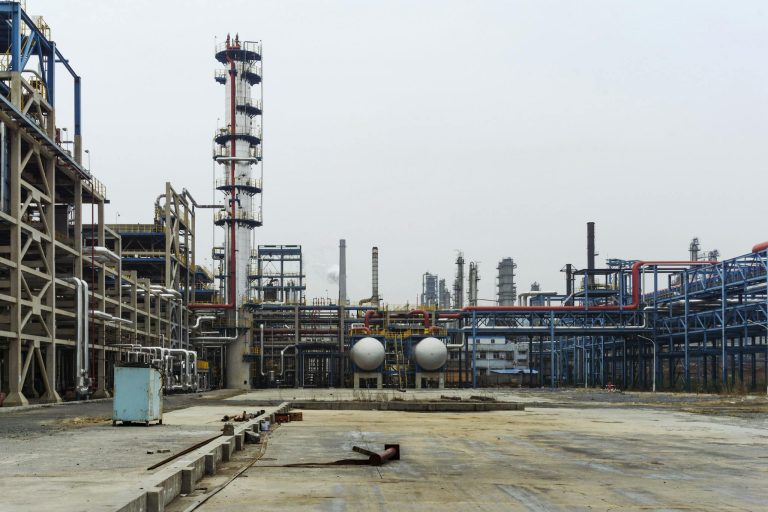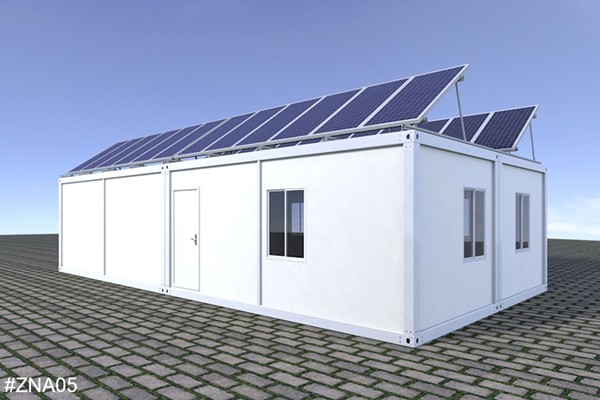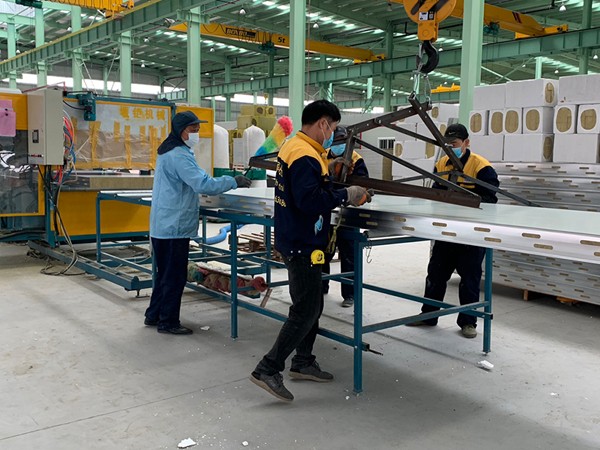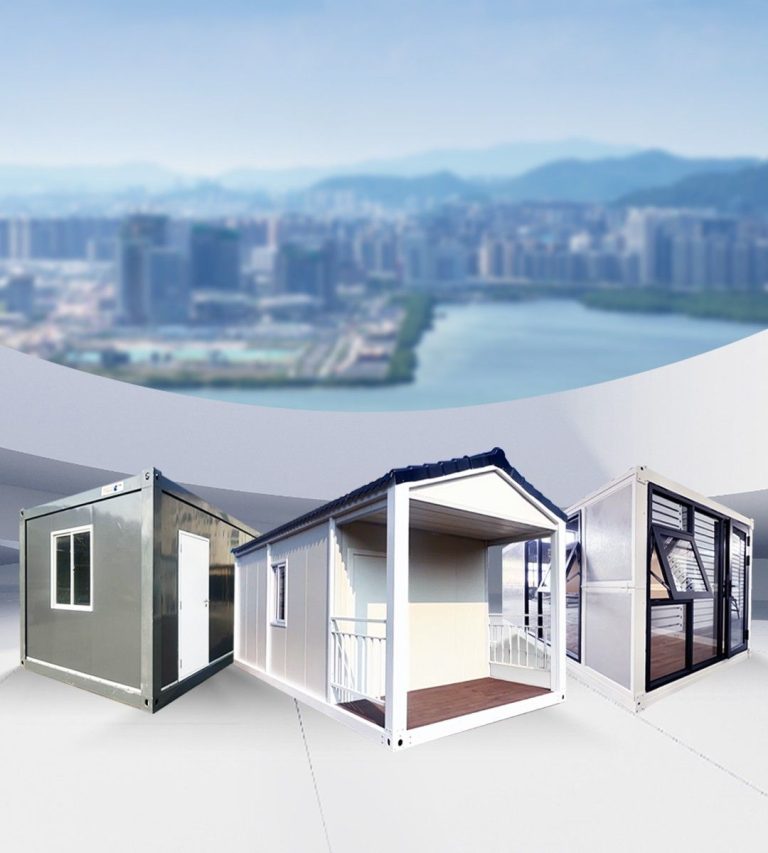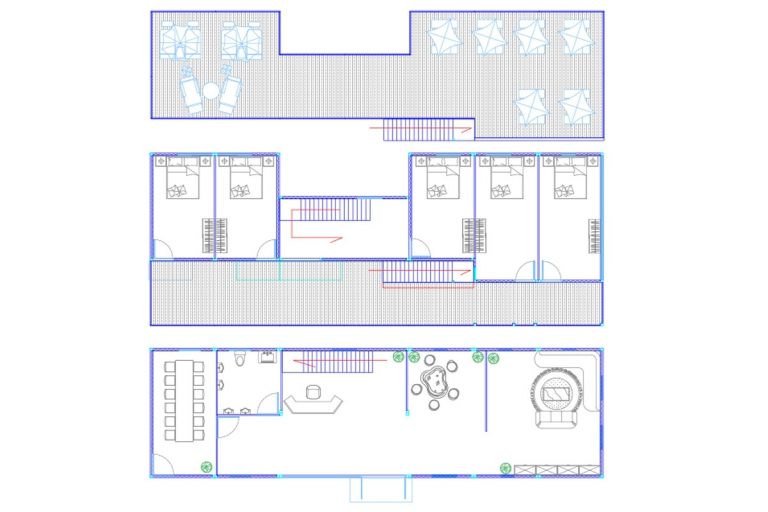average cost of a prefab house
Exploring the average cost of a prefabricated house unveils the potential of this modern construction trend. Prefabricated, or prefab homes, are gaining recognition for their innovative designs, sustainability features, and potential cost savings. Constructing a dream home no longer requires adhering strictly to traditional building norms; prefab homes present a cost-effective and time-efficient alternative without compromising on quality.
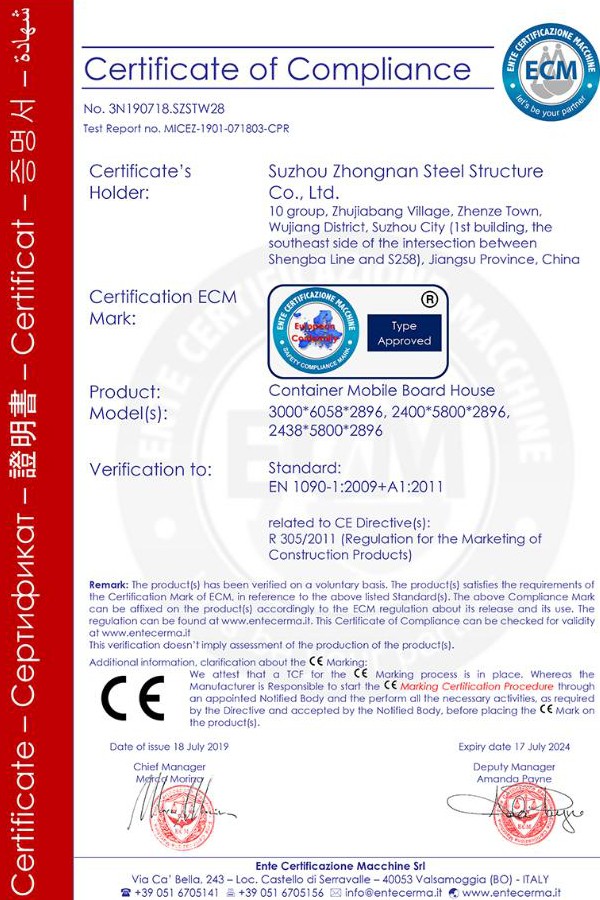
Prefabricated houses consist of factory-built components that are assembled on-site. This method reduces construction time and labor costs significantly compared to traditional home-building practices. On average, the cost of a prefab house might range from $100 to $200 per square foot, but factors such as location, materials, and design choices can influence this cost.
For a deeper understanding, consider a 2,000 square foot prefabricated home. While prices can vary, such a house typically costs between $200,000 and $400,000. This is relatively affordable compared to traditional homes, especially when factoring in the speed and efficiency of the build. Traditional homes can take months, sometimes years, to complete, whereas prefab homes may be ready in a matter of weeks.
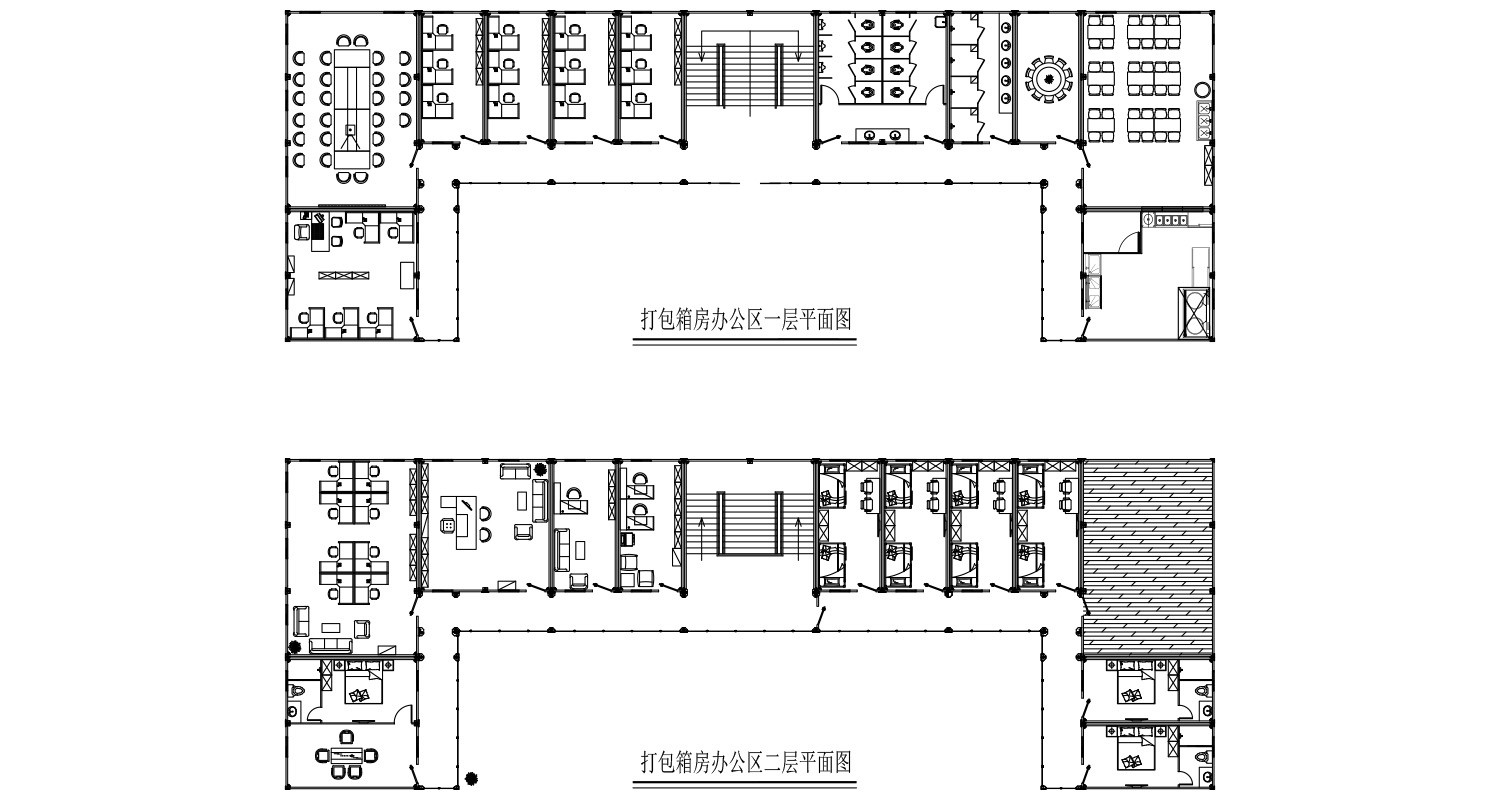
The costs savings associated with prefab homes primarily arise from streamlined production processes. Since components are manufactured in a controlled factory environment, there is a significant reduction in waste materials and construction errors. Unlike the fluctuating conditions of a construction site, factories ensure precision and efficiency.
Labor costs are minimized as well. In traditional construction, skilled labor must navigate unpredictable weather conditions and manage on-site changes. In contrast, prefab homes leverage a workforce skilled in manufacturing where consistency is key, effectively reducing labor hours and expenses.
Beyond baseline prices, several variables influence the total cost of a prefabricated house. Location, for instance, plays a crucial role. Building in remote areas might incur higher transportation fees for delivering components, whereas urban settings might benefit from easier access and lower delivery costs. Additionally, geographic-specific regulations can affect costs. Some regions have stricter building codes, requiring modifications and potentially escalating expenses.
Design choices also affect price. Customizations elevate the allure of prefabricated homes, allowing homeowners to personalize with finishes, fixtures, and layouts. However, these unique features can increase costs. Opting for sustainable materials or energy-efficient systems can also add to the upfront investment but often result in long-term savings through reduced utility bills.average cost of a prefab house
For potential homebuyers, financing options vary for prefab homes compared to traditional houses. Mortgages might differ slightly, and lenders' familiarity with prefabricated home practices can influence terms. Nonetheless, as the market for prefab homes expands, financial institutions are increasingly offering competitive financing tailored to these unique structures.
The perception of prefab homes has evolved considerably in recent decades. Once thought of as lesser-quality alternatives, modern prefabricated houses boast sophistication, durability, and contemporary design. As more people recognize their potential, such constructions are establishing themselves as credible, quality housing.
Prefab homes offer significant advantages not only in costs but also in sustainability. They typically incorporate environmentally friendly building practices, utilizing sustainable materials and energy-efficient technologies. The reduced waste and efficient use of resources in the manufacturing process contribute to a smaller carbon footprint.
As prefab housing continues to grow in popularity, it presents an opportunity to promote sustainable and accessible living. Industry experts tout its potential to address housing shortages, offering affordable solutions without compromising on living standards.
Trustworthiness in prefabricated homes lies in their adherence to high-quality standards. Reputable manufacturers undergo rigorous inspections and comply with building codes, ensuring that homes are safe and durable. Customers are advised to research thoroughly, choosing companies with reliable track records to guarantee satisfaction with their prefab investment.
In conclusion, the average cost of a prefabricated house can be appealing to prospective homeowners, especially when considering the benefits of modern construction techniques. While initial prices are competitive, the value of prefab homes extends beyond economics, incorporating sustainable practices, reduced build times, and high-quality designs. With the construction landscape continually evolving, prefabricated homes stand as a testament to innovation and practicality in modern housing solutions.

